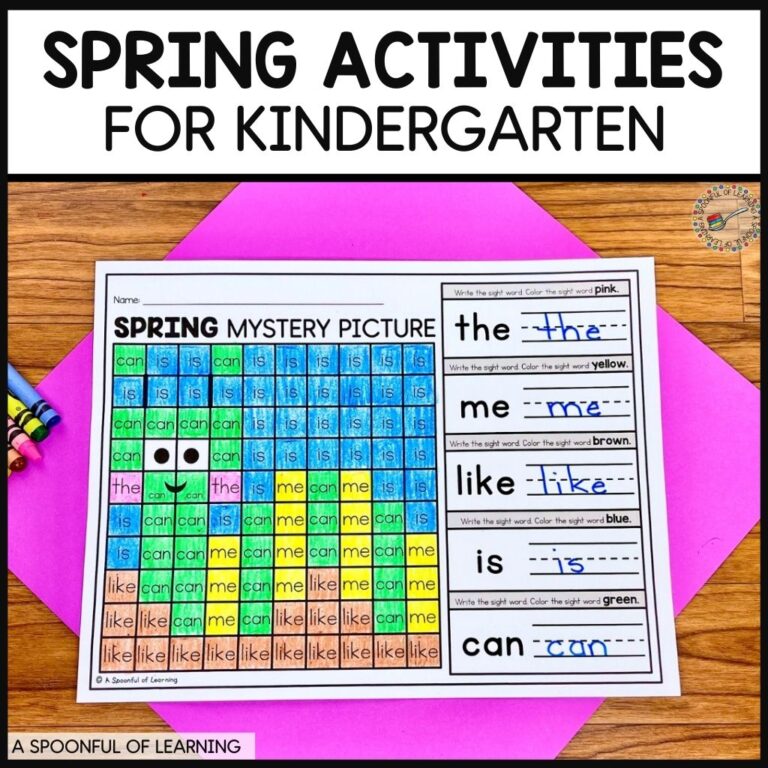
Want to try a FREE winter center activity?
When it comes to phonics instruction, identifying common words with automaticity can help students become more fluent and confident readers. One way that you can help students get more repetition in reading high-frequency words is with printable mini readers. In this post, I’m going to give you a closer look at my printable sight word readers for kindergarten.
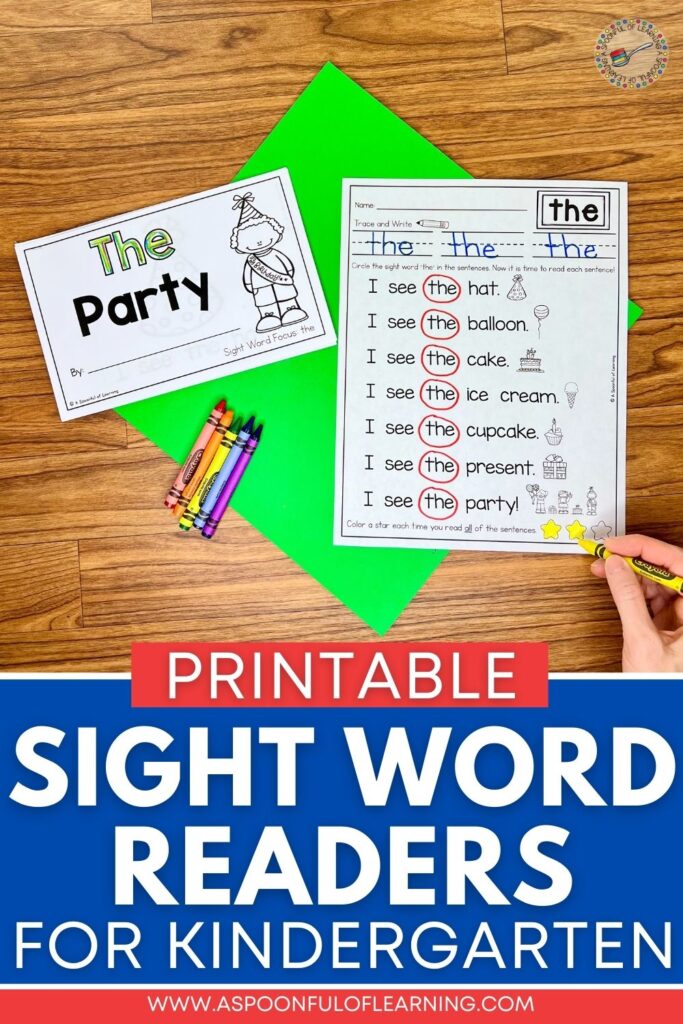
Printable sight word readers are mini-books with predictable sentences that focus on one particular high-frequency word, along with pictures to support the text.
The printable sight word booklets that I’ve created include the following activities for students to complete:
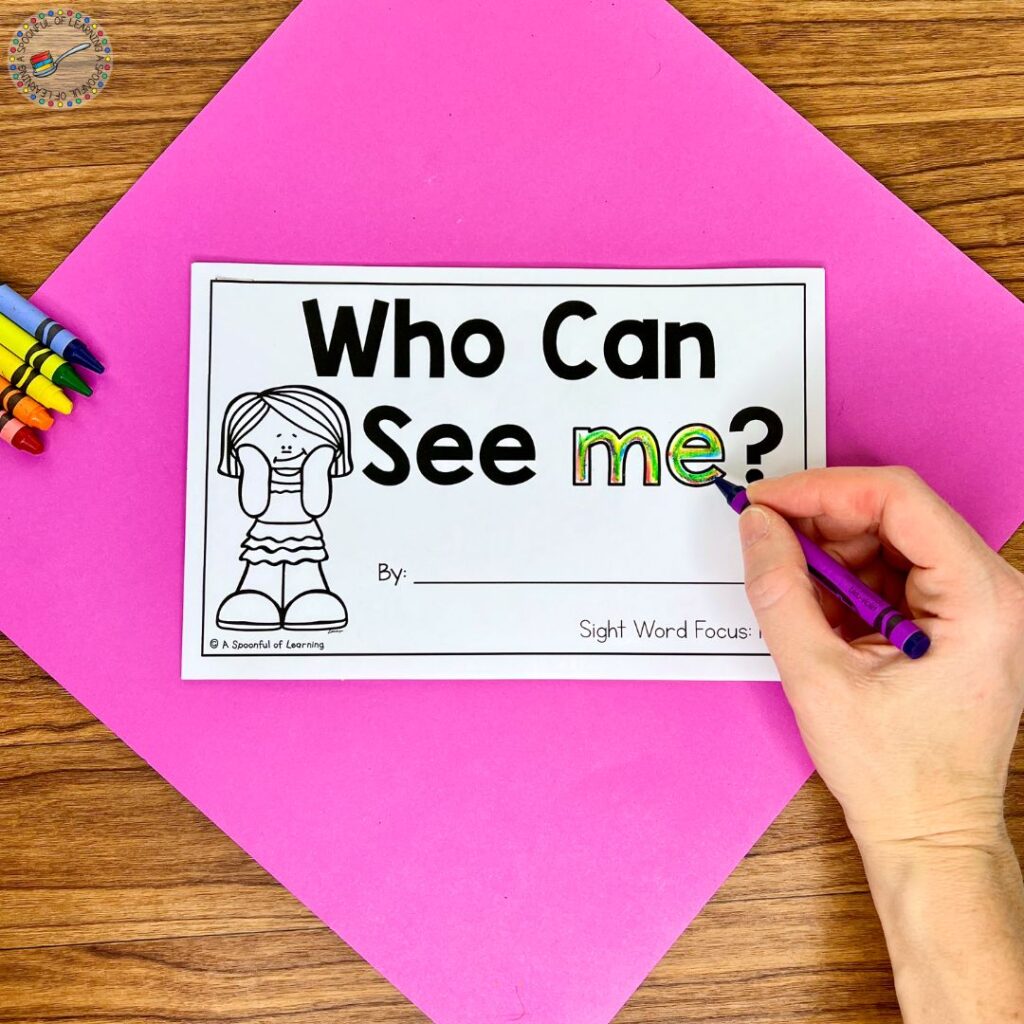
Rainbow Writing: Students can fill in the sight word on the front cover by writing the word multiple times using different crayon colors. They always love to see the rainbow forming in each letter!
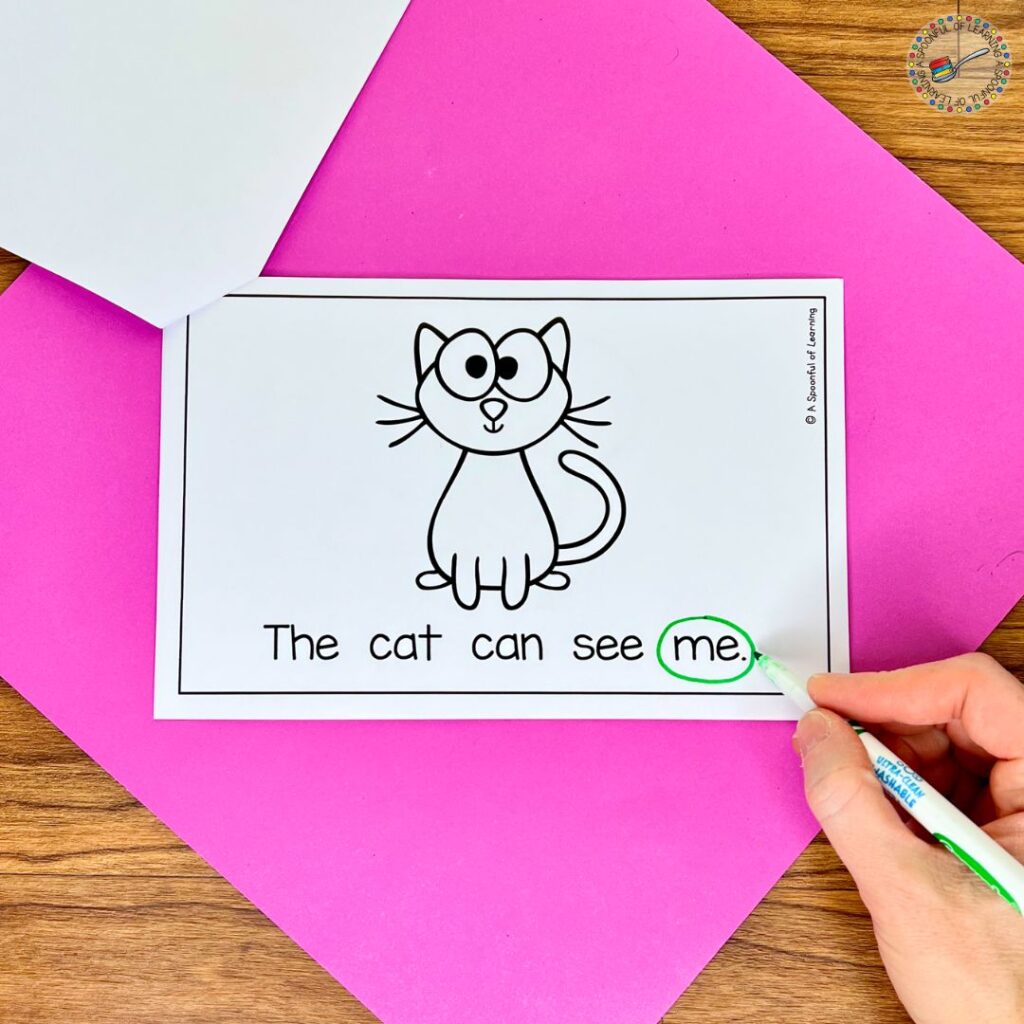
Sight Word Hunt: Students can use a marker to circle the focus word on each page of the reader.
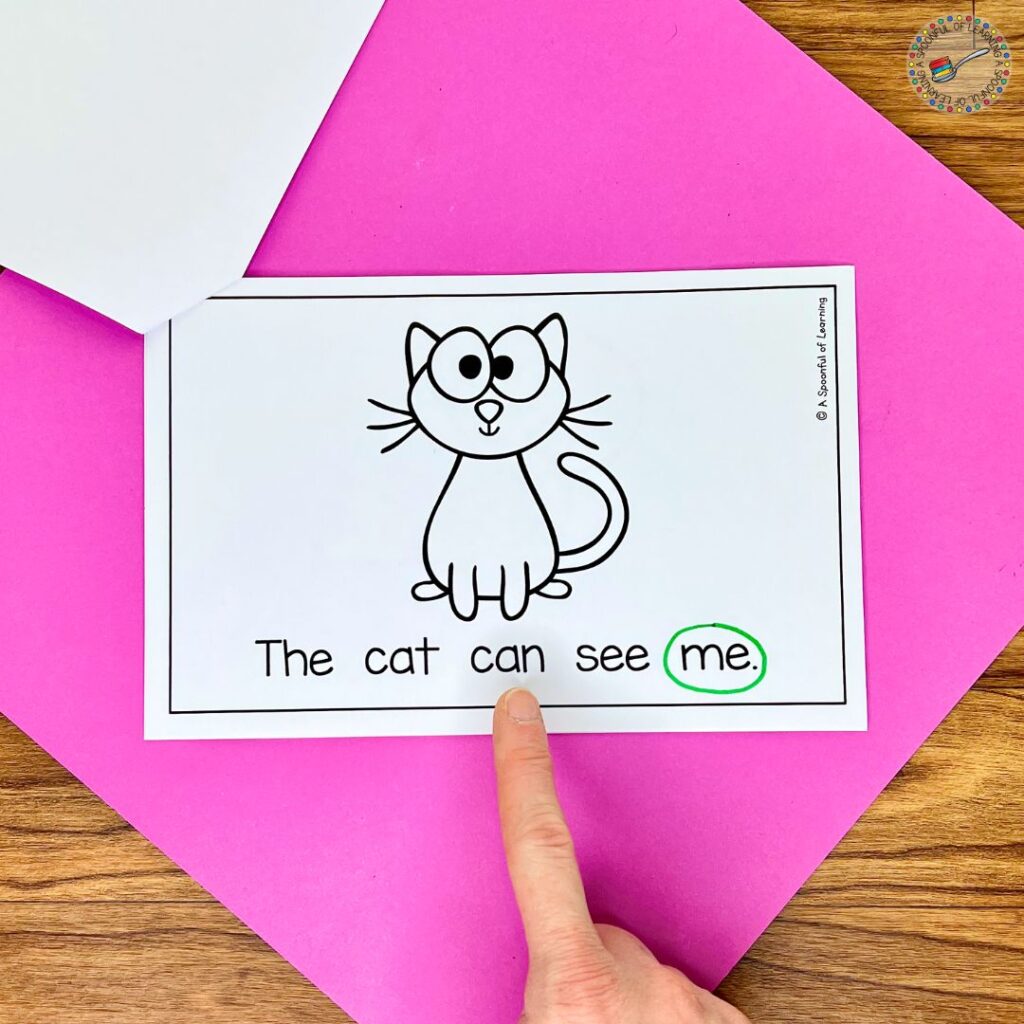
Sentence Reading: After circling the sight word on each page, students can now practice reading each sentence in the reader. After reading it a few times independently, they can take turns reading with a partner.
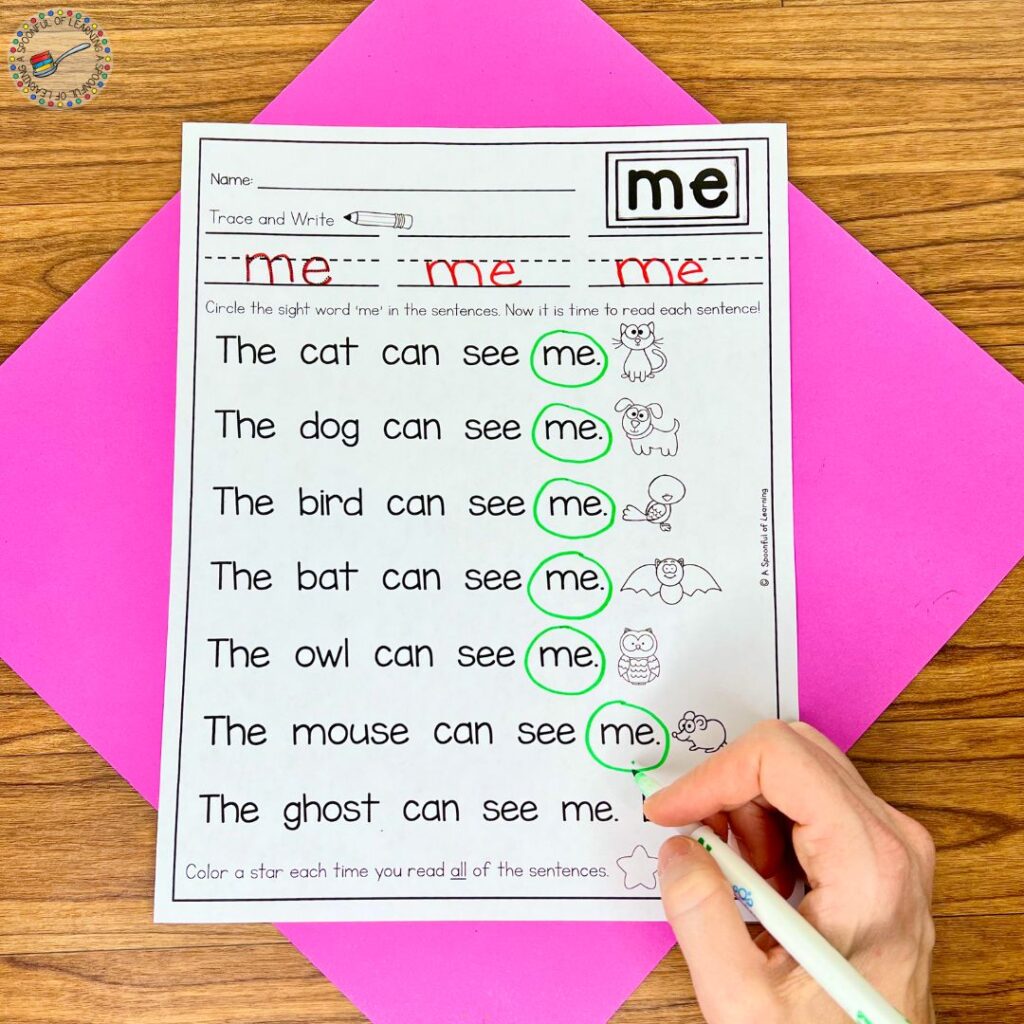
Fluency Page: Each sentence from the reader is included on a one-page fluency worksheet. Students can first practice tracing and writing the focus word at the top of the page. Then, they can circle the sight word on each page.
If you would like to take a closer look at the format of the sight word readers and fluency worksheets, be sure to grab this freebie! Just fill out the form below and I’ll send the “can” sight word reader and fluency worksheet straight to your inbox. Then keep reading for some suggestions of when you could use sight word readers during your daily routine!
There are many different ways that you can use this resource to help students practice reading sight words during the school day.
Most traditional sight words follow phonics patterns that students will learn in the ELA curriculum. You can use these sight word readers as additional practice to go along with your phonics instruction. The repetition of the readers can help students recognize the phonics pattern with more automaticity.
Printable sight word readers are a great way to provide targeted practice for individual students. Some students might need extra repetition in order to master previously-taught sight words. Other students could use an additional challenge. Sight word readers can help you meet student needs in both situations!
Completing a sight word reader can be an engaging activity during literacy centers. Since the format and routine are the same for each reader, students can complete this activity with minimal instruction or redirection from you. This makes it a great option for centers time!
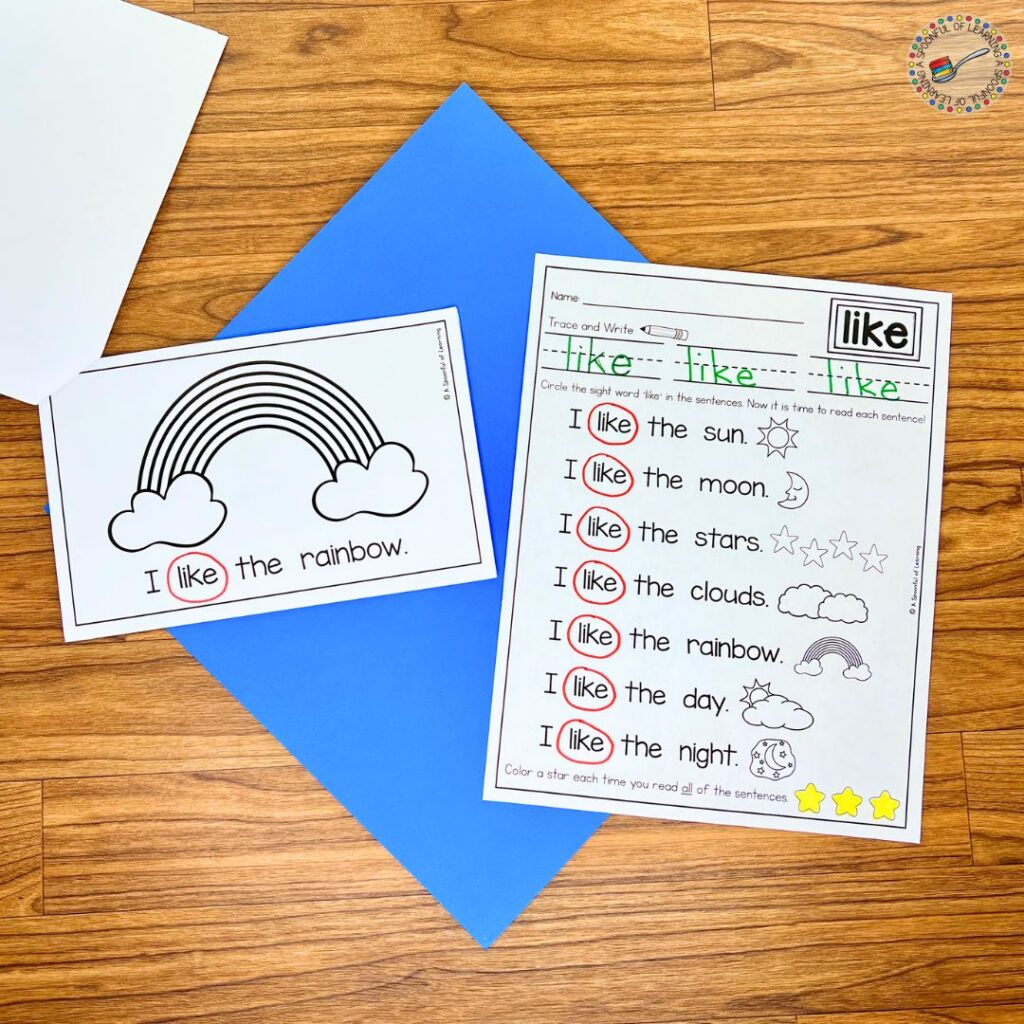
Along the same lines as morning work, these predictable sight word readers can be an engaging way to start the morning! After introducing and practicing the sight word during group instruction, students can use the window of time after arriving at school to practice reading their mini-books. If they see a sight word reader on their desk, they’ll know exactly what to do! This will give you the breathing room to tie up some of those morning loose ends as students arrive.
Sight word readers can also be used for extra reading practice at home! You could send home blank books with instructions for students to do the rainbow writing and word hunt at home. Another option would be to send home completed books after working on them in class. Parents could then sign off on their students reading the book to them at home.
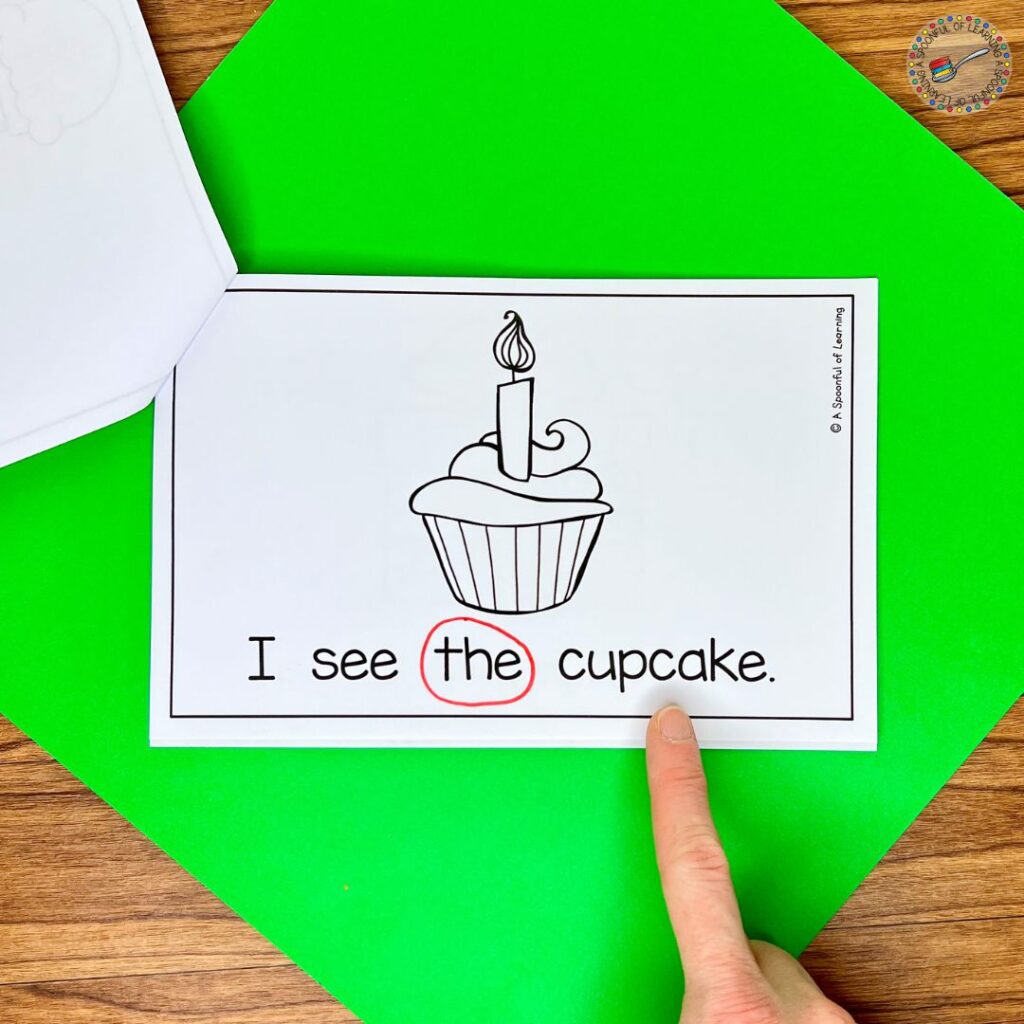
I like to turn these readers into a five-day routine of whole group sight word practice! Here is a quick glimpse into our routine.
Would you like to use printable sight word readers in your classroom? I have created a set of 100 readers that focus on common high frequency words for kindergarteners. These sight word books come printed two to a page, which saves both paper and time. Just print, staple, and cut in half! Each sight word reader also comes with a corresponding sight word sentence fluency worksheet for extra practice.
To make it easier for you to use these readers in your classroom, I have included a detailed five-day plan for using these readers for whole group practice. You’ll also find a suggested sequence for the readers so that you continue to review and repeat previously taught sight words.
If you’d like to take a closer look at all of the words included in this resource, just click below to find it in the A Spoonful of Learning shop or on TPT.
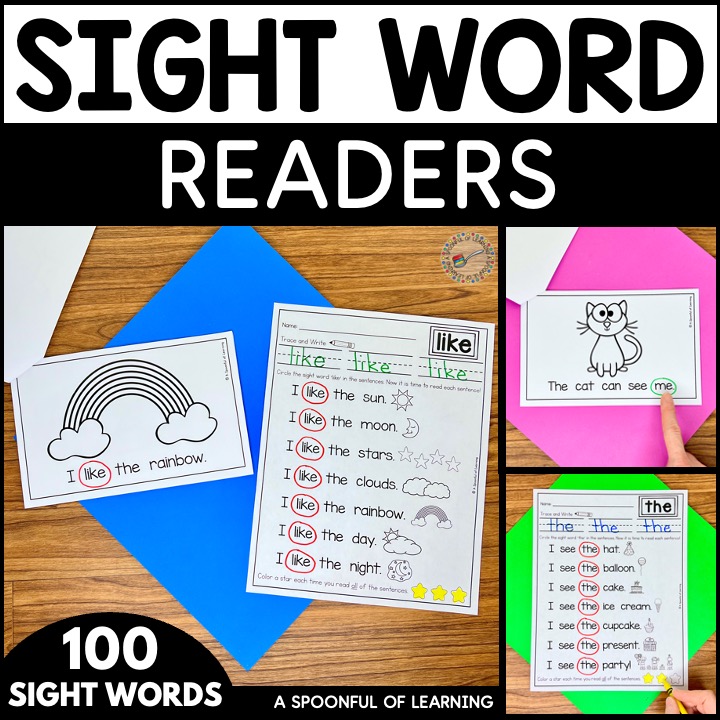
Be sure to save this post if you would like to come back to it later. Just add the pin below to your favorite board on Pinterest. You’ll be able to quickly find these sight word readers when you’re looking for an engaging way to help your students become more confident and fluent readers.

These alphabet books will have students dive deep into learning about each letter of the alphabet while eager to see what activity they get to complete next!